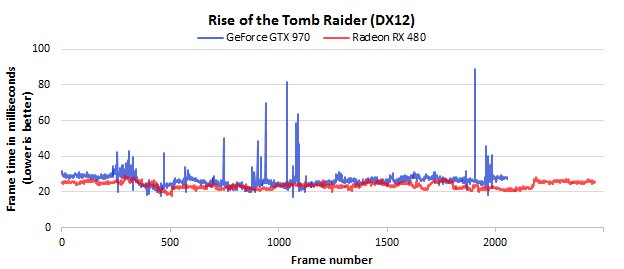Am I the only one that thinks that gp106 will have a 128 bit bus? It doesn't make sense for it to have a 192 bit bus if it has 1280 cores? no?
On the other hand, there's surely going to be a 192 bit bus1060Ti based on a cut down gp104 to make use of all them chips that didn't make it to the 1070:s
On the other hand, there's surely going to be a 192 bit bus1060Ti based on a cut down gp104 to make use of all them chips that didn't make it to the 1070:s


 and most will believe it.
and most will believe it.
